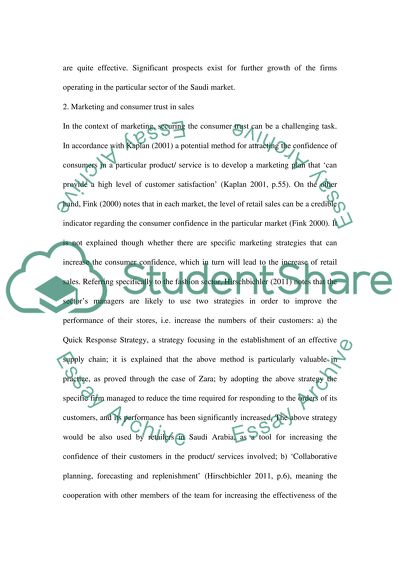Cite this document
(“The confidence of Saudi Consumers in the credibility of seasonal sales Literature review - 1”, n.d.)
Retrieved from https://studentshare.org/other/1390163-the-confidence-of-saudi-consumers-in-the
Retrieved from https://studentshare.org/other/1390163-the-confidence-of-saudi-consumers-in-the
(The Confidence of Saudi Consumers in the Credibility of Seasonal Sales Literature Review - 1)
https://studentshare.org/other/1390163-the-confidence-of-saudi-consumers-in-the.
https://studentshare.org/other/1390163-the-confidence-of-saudi-consumers-in-the.
“The Confidence of Saudi Consumers in the Credibility of Seasonal Sales Literature Review - 1”, n.d. https://studentshare.org/other/1390163-the-confidence-of-saudi-consumers-in-the.


